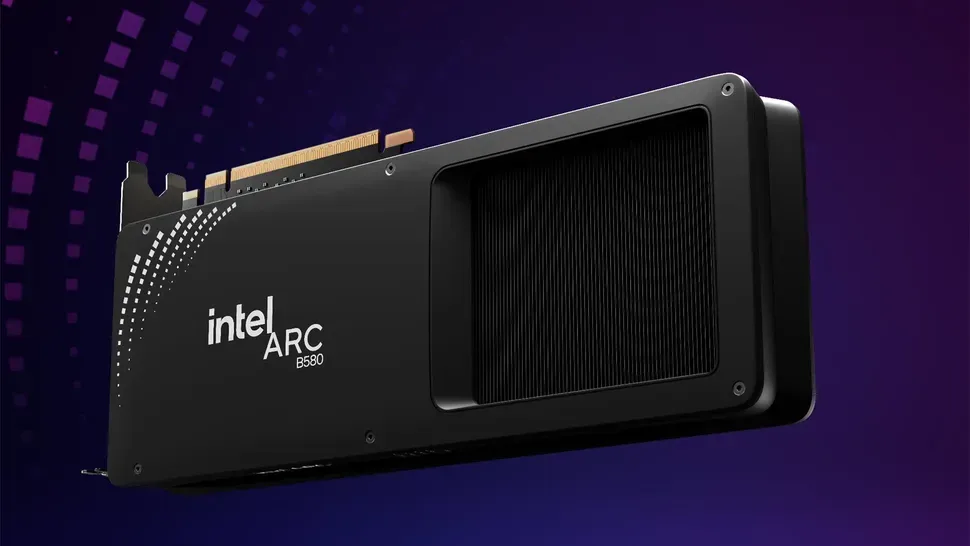Intel Arc B580 Review: A Linux Perspective
As the next step in Intel's discrete GPU lineup, following the success of the Arc A770, the B580 has plenty to offer.

Introduction
The Intel Arc B580 GPU brings exciting new options to Linux users, with a focus on performance, efficiency, and value at a $250 price point. As the next step in Intel's discrete GPU lineup, following the success of the Arc A770, the B580 has plenty to offer. Let’s dive into what makes this card a noteworthy contender for Linux enthusiasts.
Hardware and Design
The Arc B580 is a compact, efficient card with a single 8-pin power connector, making it accessible for those who prefer minimalistic builds. It features a mix of one HDMI port and three DisplayPort outputs, with support for high refresh rates and advanced compression technologies like DSC (Display Stream Compression).
- Cooling: A flow-through cooling system ensures the card stays cool even under heavy loads.
- Power Efficiency: With idle power consumption as low as 13 watts (with ASPM properly configured), it’s a winner for energy-conscious users.
Driver Support on Linux
Intel's driver stack for Linux remains a key strength. While the B580 requires a newer kernel (6.13 or later) and the latest Mesa drivers, the integration of firmware and tools is solid. Despite some rough edges in performance anomalies, Intel's Linux support is promising and expected to mature with time.
- Kernel and Mesa: Running a Git version of the kernel and Mesa is recommended for optimal performance.
- Gaming Benchmarks: Titles like CS2 and Ashes of the Singularity performed admirably, though anomalies in games like Cyberpunk 2077 highlight areas needing improvement.
Gaming and Productivity Performance
The Arc B580 impresses with gaming and productivity benchmarks, offering performance comparable to or better than the Radeon RX 7600 XT, which costs at least $50 more.
- Gaming: Best suited for 1080p gaming at medium to high settings or 1440p for less demanding titles.
- Compute Tasks: Surpasses expectations with FP32 compute, making it viable for tasks like AI and generative computing.
- Multi-Monitor Support: Handles multiple high-refresh-rate displays efficiently without significant power spikes.
Challenges and Quirks
While the hardware shines, there are some challenges:
- HDMI Limitations: The real HDMI port is a welcome change, but limited open-source support from the HDMI Consortium remains a frustration.
- Driver Maturity: Occasional hiccups in newer games suggest Intel still has work to do on the Linux side, especially compared to its strong Windows performance.
The Verdict
The Intel Arc B580 is a game-changer for Linux users looking for a budget-friendly, efficient GPU. Its performance per dollar is excellent, making it an ideal choice for productivity, light gaming, and multi-monitor setups. With continued driver improvements, it’s poised to become a solid competitor in the mid-range GPU market.
Pros:
- Compact design and efficient cooling
- Excellent value for $250
- Solid compute performance
Cons:
- Requires up-to-date kernel and drivers
- Minor gaming performance anomalies on Linux
For Linux users seeking performance without breaking the bank, the Arc B580 is a clear contender worth considering.




